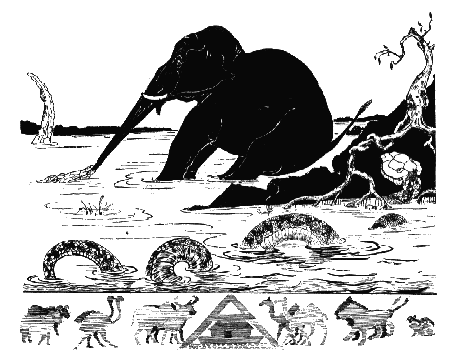
Johan’s ‘satiable curtiosity
“The great grey-green, greasy Limpopo River, all set about with fever-trees” is not only the place where Kipling’s The Elephant’s Child took “his ‘satiable curtiosity” and ended up with his “blackish, bulgy nose” stretched into a trunk, it is where Peppadew, the brand of sweet piquanté peppers was discovered and is now grown.
The story of the first new fruit to be introduced to the world market since the arrival of the Kiwi, begins near the Limpopo one day in 1993. Businessman and farmer Johan Steenkamp was looking around the garden of his holiday home in the Eastern Cape in South Africa when he spotted an unusual-looking bush. It stood head high and was laden with small bright red fruit which to Johan looked like a cross between a miniature red pepper and a cherry tomato.
Johan obviously had some of the Elephant’s child’s ‘satiable curtiosity and so gingerly, but not as it was to prove foolishly, bit into one. He was rewarded with a unique, delicious peppery yet sweet taste.
Johan was later to discover that the plant was a cultivar (a type of plant selected for its specific characteristics and maintained that way by propagation) of the Capsicum baccatum. He also found out that they have a mild heat of around 1,177 on the Scoville scale but as to where his bush originated from he never discovered.
 “Where the plant is native to is still open to debate but we think it’s from Central America. I also have my suspicions about how it came to South Africa because the previous owner of the house where Johan first discovered it was a botanist who had travelled quite extensively in Central America,” says Phil Ovens, now managing director of Peppadew International.
“Where the plant is native to is still open to debate but we think it’s from Central America. I also have my suspicions about how it came to South Africa because the previous owner of the house where Johan first discovered it was a botanist who had travelled quite extensively in Central America,” says Phil Ovens, now managing director of Peppadew International.
Believing that he might had hit upon something really new, Johan saved some seeds from that first crop which he then cultivated and nurtured. In the meantime he also the developed the secret pickling recipe with which to process the fruit and which is still used largely unchanged. He then bottled and started to sell them locally.
 He christened his new brand Peppadew® – a portmanteaux name blending the fruit’s peppery taste with the fresh, light imagery of the morning dew.
He christened his new brand Peppadew® – a portmanteaux name blending the fruit’s peppery taste with the fresh, light imagery of the morning dew.
And perhaps had he done so a few thousand years earlier, then the Elephant’s child could have added a few hundreds jars of Peppadew to the provisions he took with him on his fateful journey to the Limpopo river – the “hundred pounds of bananas (the little short red kind), and a hundred pounds of sugar-cane (the long purple kind), and seventeen melons (the greeny-crackly kind)”